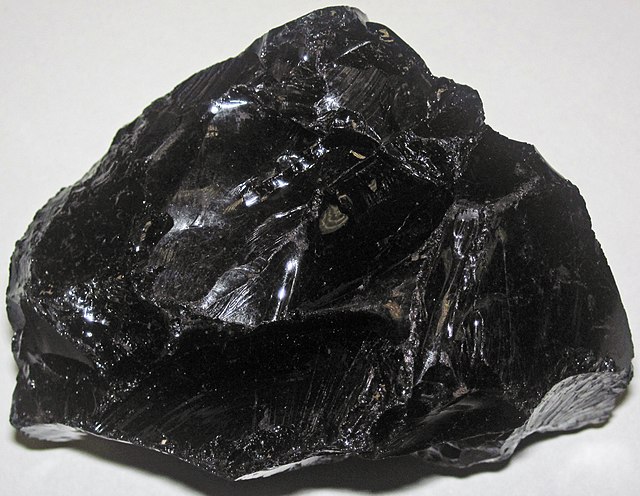Gilsonite or Asphaltum is a naturally occurring asphaltite resinous hydrocarbon found in western Iran in the 1930s.

This natural asphaltite is a heavy hydrocarbon and is often referred to as natural asphalt, asphaltite, uintaite, or asphaltum.
Gilsonite is soluble in aromatic and aliphatic solvents, just like petroleum bitumen. Due to its unique compatibility, Gilsonite is often used to strengthen softer petroleum products.
Gilsonite in its mass is a shiny, black substance that looks like the mineral obsidian. It is brittle and can be easily crushed into a dark brown powder.
Gilsonite is found below the earth's surface in vertical veins or seams. They are usually two to six feet wide, but can be as wide as 28 feet. The seams run almost parallel to each other and are oriented from northwest to southeast. They expand many miles in length and 1500 feet in depth. The seams appear on the surface in the form of a thin layer and gradually expand when moving in depth.
Due to limited slaughter, Gilsonite is mined today the same way it was mined 50 or 100 years ago. The main difference is that modern miners use pneumatic jackhammers and mechanical winches.
Story
The mineral now known as Gilsonite or Asphaltum was discovered in the early 1860s but was not known until the mid-1880s, when Samuel Gilson proposed its use in waterproof coatings, as insulation for wire cable, and as a unique varnish.
The promotion of the ore by S. Gilson was so successful that in 1888 he and a partner formed the first company to sell Gilsonite on an industrial scale. Gilsonite was originally marketed as "Selects" and "Fines". An ore with a low softening point and a conchoidal fracture was known as "Selects". The ore with the higher softening point was known as "Fiennes". Selects was more expensive than Fiennes because of its greater purity, good solubility, and benefits for the paint industry.
Time and technology have changed this classification system. Gilsonite processing now removes most of the inert impurities, and newer, more effective solvents have made higher softening points attractive to the consumer. Today, Gilsonite is graded by softening point (a rough measure of solubility) and particle size. By all accounts, the quality of today's Gilsonite is far superior to those of the first small quantities of raw Gilsonite sold in the 1880s.
asiagilsonite Compatibility
Gilsonite is compatible with microcrystalline and paraffin waxes, petroleum resins and oils, rosin, tall oil, vegetable oils (linseed, soybean, etc.), petroleum process oils and petroleum bitumens.
Commercial Resin Compatibility
The following is a general guide to the compatibility of Gilsonite in common film forming and elastomeric systems. Because Gilsonite compatibility can be influenced by variations within the resin/elastomer class and other components in the formulation, it is good practice to check Gilsonite compatibility in a particular formula of interest.